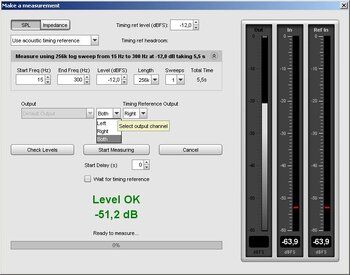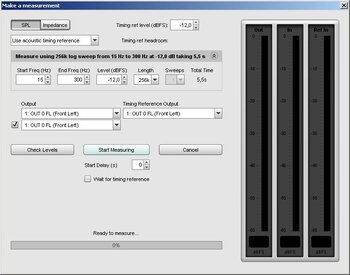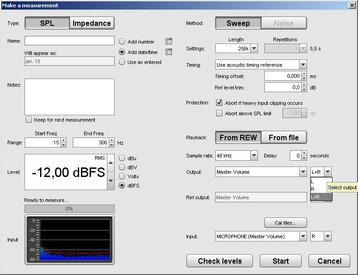thexder
Member
Thread Starter
- Joined
- Jun 19, 2017
- Posts
- 77
Hi,
I would like to have a good (stereo) starting point before integrating the subs and I'm testing whether delaying one of the main speakers can help.
I'm not too keen when it comes to reading the measurements but my ears are telling me delaying left speaker sounds better.
I did some measurements, I hope we can discuss these plots together.
Thank you!
I would like to have a good (stereo) starting point before integrating the subs and I'm testing whether delaying one of the main speakers can help.
I'm not too keen when it comes to reading the measurements but my ears are telling me delaying left speaker sounds better.
I did some measurements, I hope we can discuss these plots together.
Thank you!















